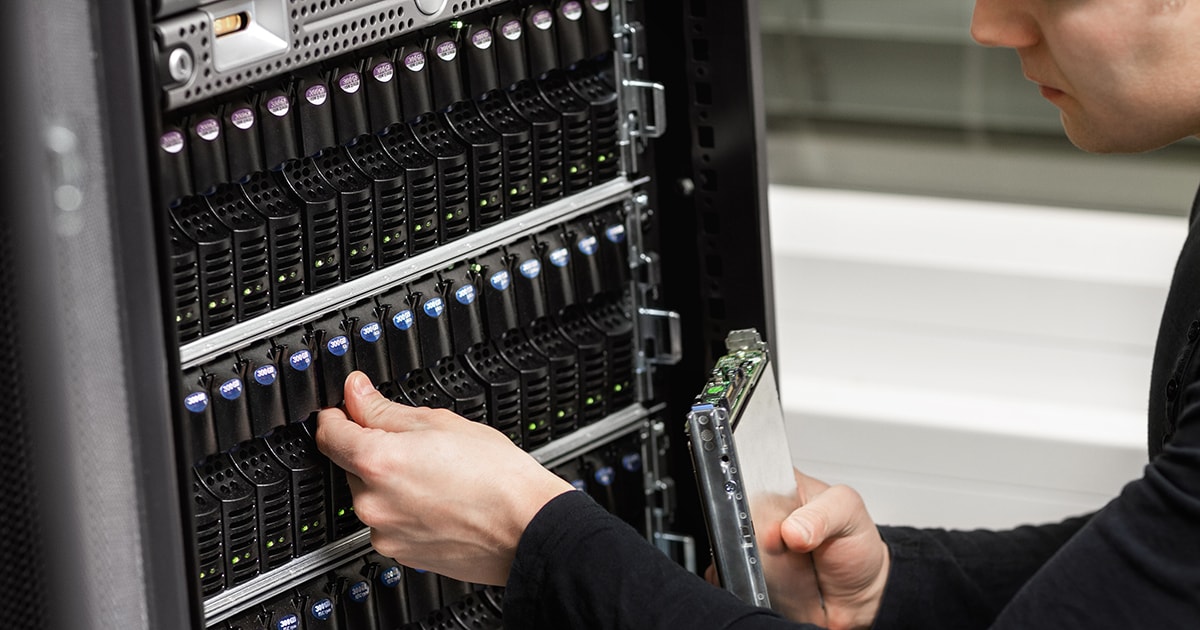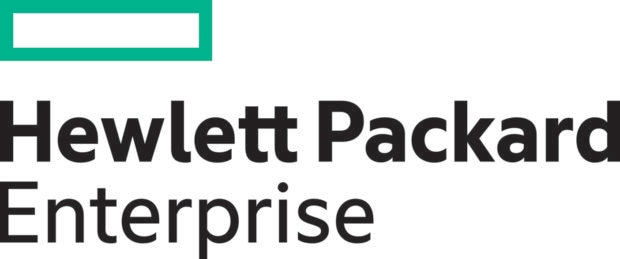December 20, 2018
Is It Time to Rethink Your Server Refresh Strategy?
Server hardware can be long lasting, but technology advances and evolving business needs often warrant new gear sooner rather than later.

You can blame Moore’s law if you want: You can have the best server that money can buy, and an even better solution will come along eventually. That’s why it makes sense to update your server refresh strategy to see if you’re evaluating this key equipment often enough.
The Advantages of Refreshing Servers Before They’re Unsupportable
A typical server has a lifespan of about three years. That’s roughly the time frame within which most vendors stop manufacturing a particular model. After that, two things tend to happen: parts become increasingly scarce, and the cost of extended-support plans may skyrocket.
Yet, many organizations hang on to older servers, even to the point where those tasked with keeping them running are scrounging for parts on eBay. They rationalize, I imagine, that it’s cheaper to keep using the old gear than to replace it.
That theory undervalues the major savings made possible by new technology, however. For example, one CDW client I worked with replaced a nine-node cluster with two servers and still had room to grow. That’s because advances in CPU and memory speeds, core density and other functions often enable organizations to collapse 75 percent of their hardware.
For these reasons, I recommend to managers I speak with to not be too concerned about the capital expense of a new server, because the operating expenses — and the potential savings — are where the real money is.
How Better Information Drives Smarter Server Refresh Planning
Some IT departments struggle with server refreshes because they’ve inherited a lot of infrastructure as their companies grew through mergers and acquisitions. As a result, they’re lucky if they even know the age of each server, let alone its capabilities.
We have an assessment process at CDW that overcomes that challenge by analyzing each server’s CPU, memory utilization rates and other key attributes. This process also helps prevent overspending. After all, a major benefit of server refreshes is an increased ability to do more with less, an advantage that’s undercut by simple one-to-one replacements.
Your server refresh strategy also should consider how your business and IT environment are likely to evolve over the next few years. For example:
- How virtualized is your environment now, and how much more virtualized will it become?
- Applications drive server requirements, so how will your applications evolve?
- How will your company grow? If more branch offices are likely, then your server refresh strategy should consider a hyperconverged environment to enable benefits such as easier management.
Ultimately, server technology is like your business: The only constant is change. Myself and my colleagues can provide you insights into vendor roadmaps and other technology trends, information that will help ensure your server refresh strategy is always up to date.
To learn more servers and CDW’s partnership with HPE, visit CDW.com/HPE.
This blog post brought to you by:

